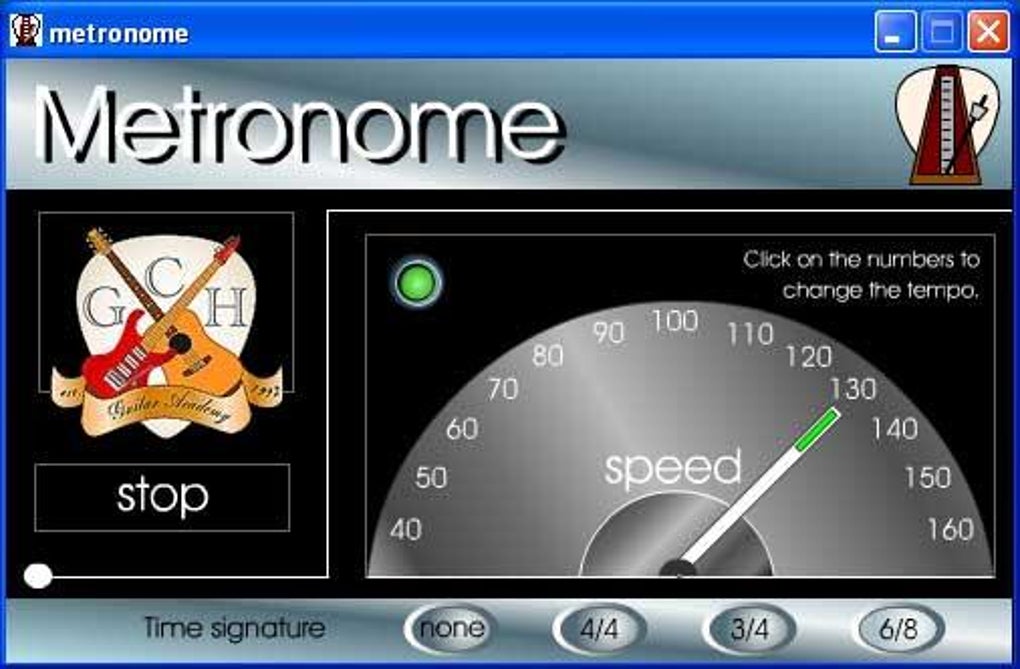

To avoid imposing a particular physical definition of dissonance, we used values derived directly from aggregated empirical reports of listener judgments ( 15). We did not use Parncutt’s method for calculating dissonance based on auditory beating ( 17, 18). We understand “roughness” as an apt metaphor for the experience of dissonance. Our choice of spikiness as a visual analog of auditory dissonance was inspired by the concept of auditory “roughness” described by Parncutt ( 16). Spikiness was dynamic in the sense that it was perpetually changing because of the probabilistic and continuously updating nature of the program it did not influence the bouncing itself. Dissonant intervals in the music corresponded to increases in the spikiness of the ball, and consonant intervals smoothed out its surface. For movement, the consonance slider controlled the visual spikiness of the ball’s surface. For music, the consonance slider controlled the selection of one of 38 possible 5-note scales, selected from the 12-note Western chromatic scale and sorted in order by their aggregate dyadic consonance ( 15) ( SI Text). Low pitches corresponded with the ball “leaning” forward, as though looking toward the ground, and high pitches corresponded with “leaning” backward, looking toward the sky. Absolute pitch position corresponded to the extent to which the ball was tilted forward or backward. The overall contour of each melody or bounce sequence was determined by the combined positions of the direction of movement and step-size sliders. The rate and jitter sliders controlled the rate and variation in interonset interval of events in both modalities. The settings for each of these parameters affected both the music and the movement such that certain musical features were guaranteed to correspond with certain movement features. Rather, we hypothesized results from both cultures would differ in their details yet share core dynamic features enabling cross-cultural legibility. Because many musical practices are culturally transmitted, we did not expect both experiments to have precisely identical results. We compared the results from both cultures to determine whether the connection between music and movement is universal. Then we conducted a similar experiment in L’ak, a culturally isolated tribal village in northeastern Cambodia. First, we tested our common structure hypothesis in the United States. To determine how music and movement are related, and whether that relationship is peculiar to Western culture, we ran two experiments. A natural predisposition to relate emotional expression in music and movement would explain why music often appears to be cross-culturally intelligible when other fundamental cultural practices (such as verbal language) are not ( 14). There is also evidence that facial expressions and other emotional movements are cross-culturally universal ( 10– 12), as Darwin theorized ( 13). There is evidence that emotion expressed in music can be understood across cultures, despite dramatic cultural differences ( 9). That is, whether we are born with the predisposition to relate music and movement in particular ways, or whether these relationships are culturally transmitted. We then tested whether this structure comes from biology or culture. We used this method to test to what extent expressions of the same emotion in music and movement share the same structure that is, whether they have the same dynamic features. Here we present an empirical method for quantitatively comparing music and movement by leveraging the fact that both can express emotion. For this reason, adult cross-cultural research provides important complimentary evidence for universality. By definition, however, infant studies do not examine whether such predispositions survive into adulthood after protracted exposure to culture-specific influences. Infant preferences suggest that perceptual correspondences between music and movement, at least for beat perception, are predisposed and therefore likely universal. Thus, the perception of a “beat,” established by movement or by music, transfers across modalities. When hearing the same pattern later without movement, infants preferred the pattern with intensity (auditory) accents that matched the particular metric pattern at which they were previously bounced. In one study, 7-mo-old infants were bounced in duple or triple meter while listening to an ambiguous rhythm pattern ( 6). Moreover, infants also infer meter from movement. It is now well established that very young infants-even neonates ( 3)-are predisposed to group metrically regular, auditory events similarly to adults ( 4, 5). A shared structure is consistent with several findings from research with infants.


 0 kommentar(er)
0 kommentar(er)
